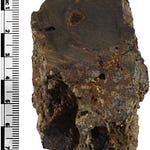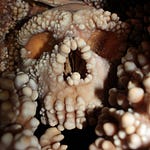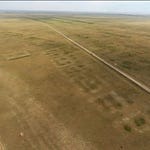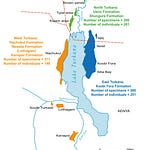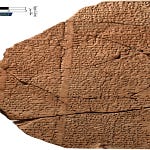When the first light of the winter solstice crept over the hills of Jaén in southern Spain 2,500 years ago, it did more than signal the turning of the year. It set in motion a ritual drama scripted in stone. At El Fontanar, near the modern town of Jódar, the sun struck the tip of a towering monolith. Its shadow stretched forward, reaching across the ground until it touched a hollow in the rock shaped uncannily like a womb.
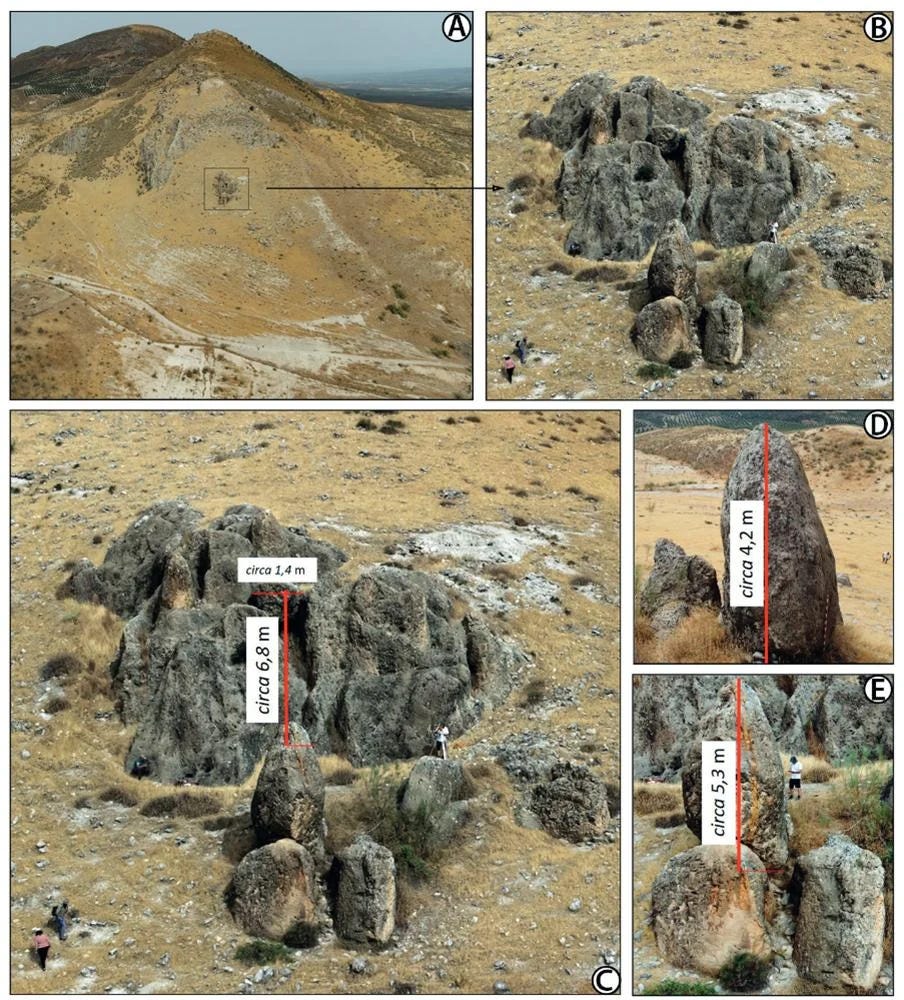
Archaeologists now believe1 that this sanctuary transformed a celestial event into a myth made visible. The monolith, rising more than five meters high, and the shelter behind it were not just geology but cosmology. One stood for the male principle, the other for the female, their union enacted in light and shadow at the darkest point of the year.
“At dawn on the solstice, the monolith’s shadow entered the recess of the rock shelter, creating a cosmic hierogamy—the sacred marriage of the sun and the earth,” write Ruiz, Molinos, Esteban, Yanes, and Lechuga (2025).
Listen to this episode with a 7-day free trial
Subscribe to Anthropology.net to listen to this post and get 7 days of free access to the full post archives.


